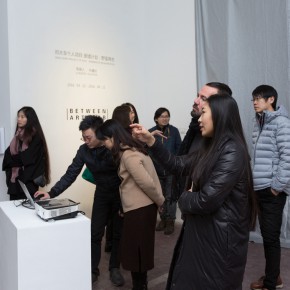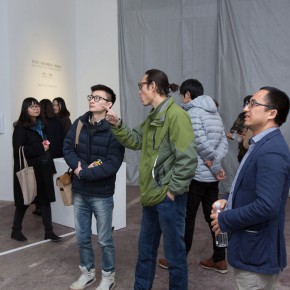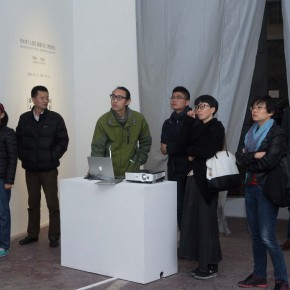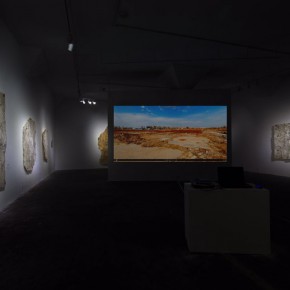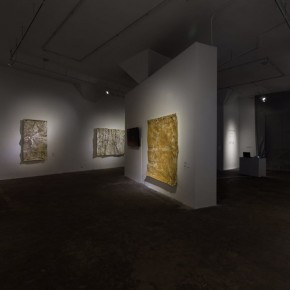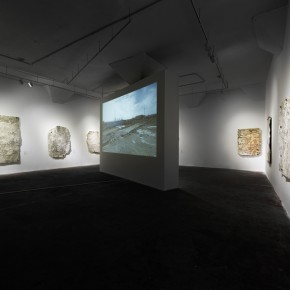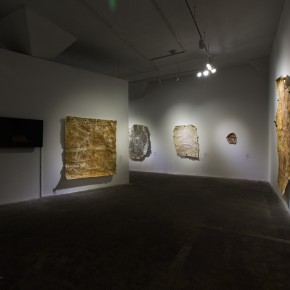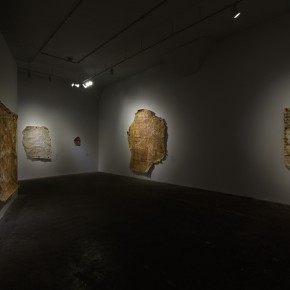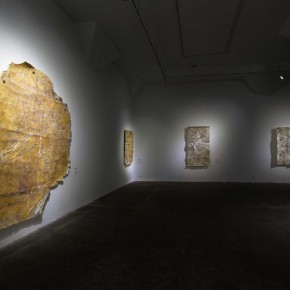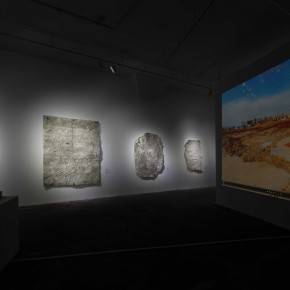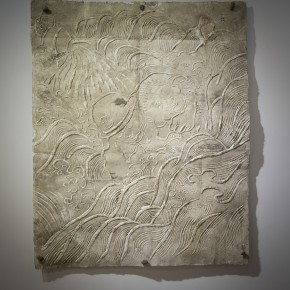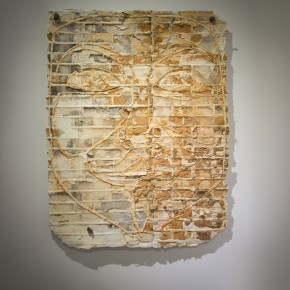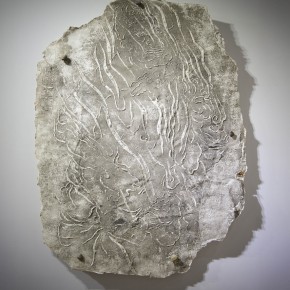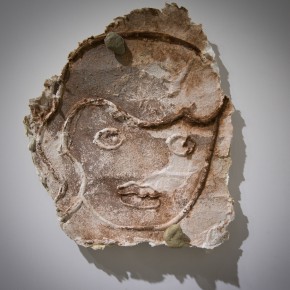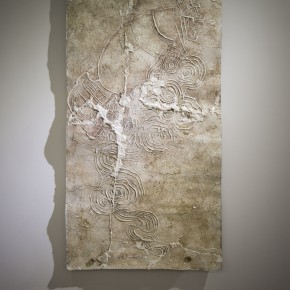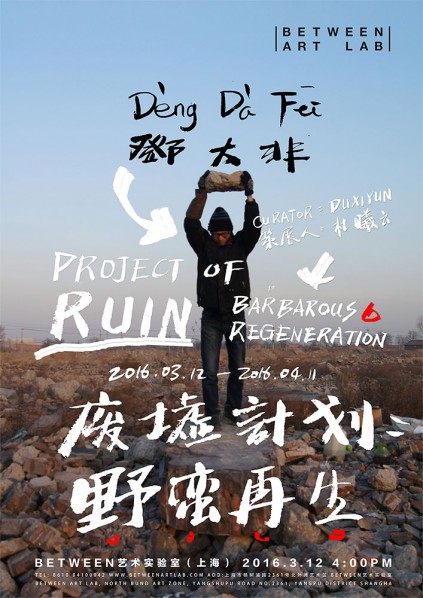
Curated by Du Xiyun, this independent project solo is based on the project that Deng has been devoted to since 2014. Resorting to the physical and the historical live as two ends, the artist incorporates heavy physical labor into the delineation and representation of ruins by means of ruin, temporary landscape, stone carving, rubbing and other forms of art language. The exhibition will last to April 11, 2016 at BETWEEN ART LAB (Shanghai) located at No. 2361, North bund Art Zone, Yangshupu Road, Shanghai.
Complication of clues and synthesis of media characterize Deng Dafei’s art. As a plain citizen in mainland China, he can sense the existential pressure of living that comes any time and are aware of the overwhelming plight in reality while referring to the “utopian” standard. As an artist, he has fairly strong hand-on skills, capable of giving impetus to visual expression by means of open art language and hard labor. As an intellectual, he understands how cultural discourses potentially impact on social operation, therefore preferring to explore the cause, effect and the underlying elements of the problems by turning to cultural studies.Stress and passion, fear and curiosity, pain and joy all combine to drive and put him in hurry. His multiple identities and resources are often mobilized to facilitate the treatment of these concerns in a synthetic way, including discourse, art production and organization of events, which is clearly shown in his “Family Gallery”, “James Legge: Palace of Puzzle”, “North Korea International Micro-film Festival”, etc.Everyday life is the most vivid, concrete and material and our physical experience is so real in the life predicament, so Deng incorporates more and more on-the-spot elements in social life in an increasingly powerful and direct manner. His video “Dark Utopia”, made on-site in such a chaotic and grim scene as the urban fringe outside the fifth ring in Beijing, gives off an air of life. Those people living at the lower end of the social ladder, without effective means and channels of expression, live their like lives like quite toiling specters, with nobody caring about them or knowing their conditions. The video, with dark night as background, shows violent flames that forms images and scripts about the disadvantaged. When the fire dies out in the darkness, the sentiments of the common people running in a special social form converge with the undecipherable trend in the flame and in the sky.
The accelerated wave of urbanization plunges the urban fringe into the core of interest conflict. In the wake of violent changes in the living space come the deep reflections on the part of the inextricable sentiments. In “Ruins”, the demolished ruins become Deng’s studio, witnessing him experiencing in an indifferent dream- like place the unusually real dismal, helplessness, loneliness and despair. In the ruins that are to be covered or filled, he works on the images at the spur of demolition, with long-time hard physical labor. These images about the individual rights arebased on on-site events, archaeology of knowledge and discourse variation. The rubbing of ink and rice paper, as part of Chinese tradition widely used in reproducing ancient works, becomes a medium for the artist to record common people’s experience that is going on and will soon get submerged.
In these works, the strong reaction aroused by the scene and the clue of the text work to give expression to Deng’s complicated reflections on our reality. Whether it be a video, a painting or a text, there is invariably a strong atmosphere of wilderness. To Deng, it might be conscious or unconscious, but since it is there, unavoidable, we might as well capitalize on it. The wilderness, unpolished enough to impact on the mind, comes from real life and returns to it, transformed. The scenes not only trigger off fundamental human emotions but work on Deng’s understanding of “the ideal height of the universal human existence”. These life scenes are by every means barbarous, nakedly barbarous, whether judged from the fundamental sentiments or the ideal height.


